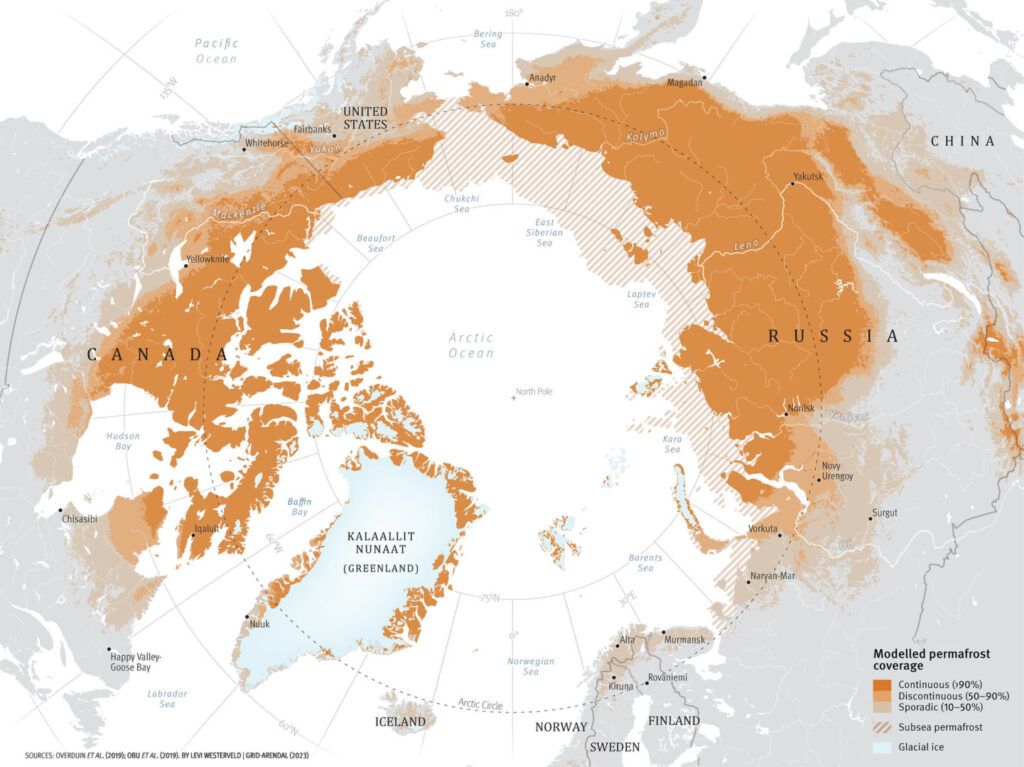The world's climate is changing at an alarming rate. The temperatures rise, the storms are more intense, and the forest fires and the increase in sea level are marking the global landscape.
However, beyond these gradual changes, there is the risk that large natural systems reach an agreement turning pointwhich could trigger irreversible and devastating alterations, warn experts in a special issue published by The New York Times.
Massive coral bleaching
The ocean warming causes the coral reef bleachinga process that leaves them vulnerable. Although corals can recover if conditions improve, scientists warn that, as temperatures rise, between 70% and 90% of today's corals could die in the coming decades, at a cost that could reach 99% if global carbon emissions are not controlled.
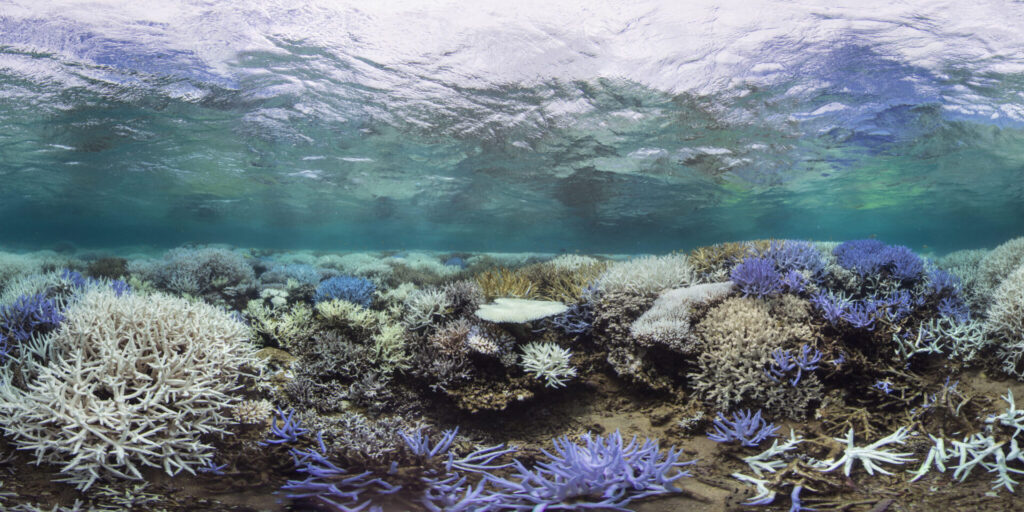
Abrupt thawing of permafrost
Under the frozen floor of the Arcticthe carbon stored for millennia is in danger of being unleashed because of the global warming. As the permafrost is thawed, this carbon could be released in the form of carbon dioxide and methanefurther exacerbating the warming. Although scientists cannot yet predict when this phenomenon will occur in its entirety, some areas are already experiencing accelerated thawing.

Ice collapse in Greenland and Antarctica
The melting of the enormous cice floats at Greenland and the Antarctica could significantly raise sea levels and affect the global climate. At GreenlandThe decrease in the altitude of the ice exposes it to more warm air, accelerating its melting. In the West Antarcticaocean currents are eroding the ice shelves from below. Scientists fear that both processes could trigger an irreversible retreat this century.
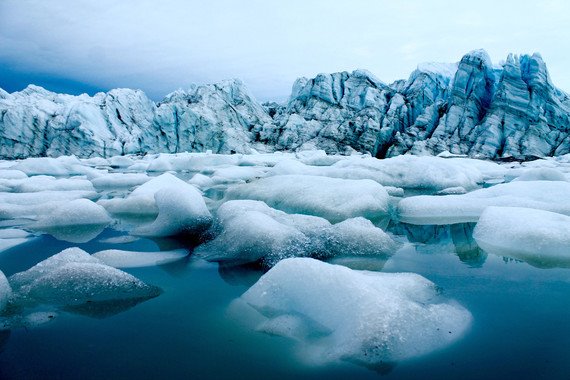
The change in the West African monsoon
The monsoons that once turned the Sahara desert in a green and fertile region could undergo drastic changes due to warming. Although scientists cannot predict when and how this change will occur, the disruption of the monsoons would have a devastating impact on millions of people who depend on the monsoons for their livelihoods. rains for their livelihood.
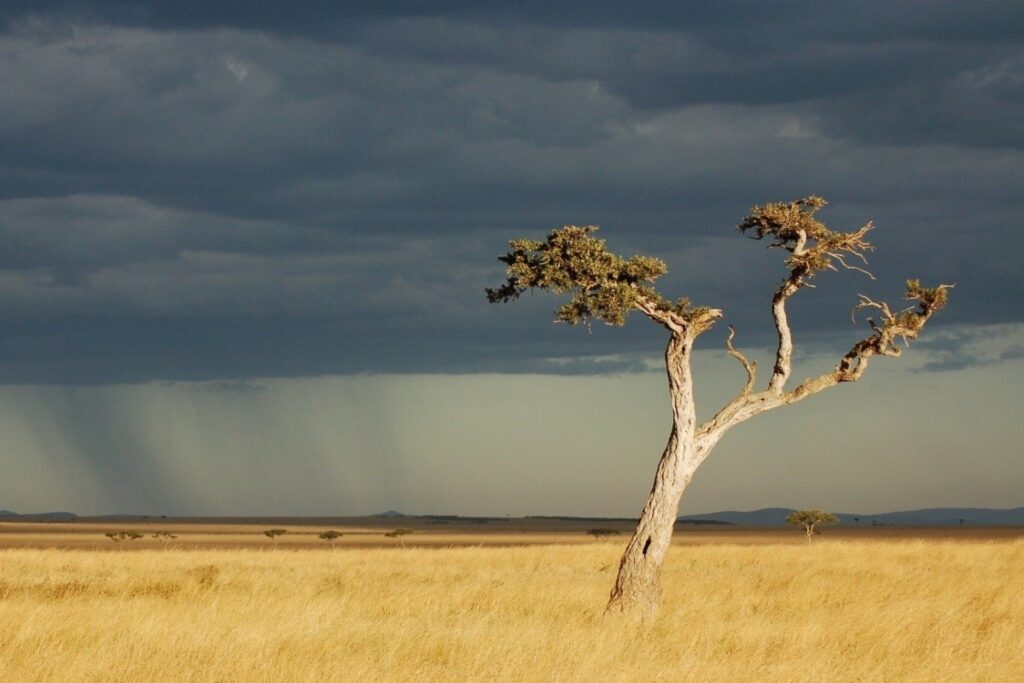
Loss of the Amazon rainforest
The Amazonone of the most biodiverse ecosystems on the planet, is at risk of being degraded into a savanna if the deforestation and the global warming. Research estimates that by 2050, almost half of today's forest could disappear, which would not only mean the loss of thousands of species, but also the release of vast amounts of stored carbon.
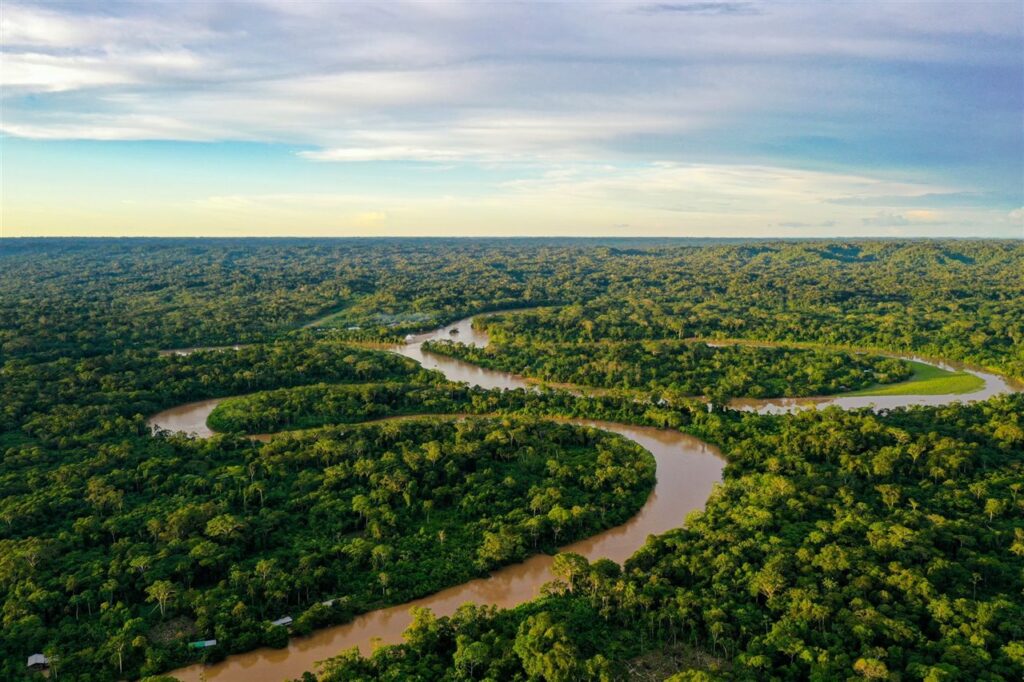
Closure of Atlantic currents
The ocean currents that regulate temperatures and precipitation in much of the world are also at risk of collapse. Melting ice in Greenland is diluting the salinity of the Atlantic, which could slow or even halt the Atlantic Meridional Meridional Return Circulation (AMOC), drastically altering the climate in Europe and the tropics. Although it is difficult to predict when this event will occur, scientists agree that every additional gram of CO2 emitted increases the risk.
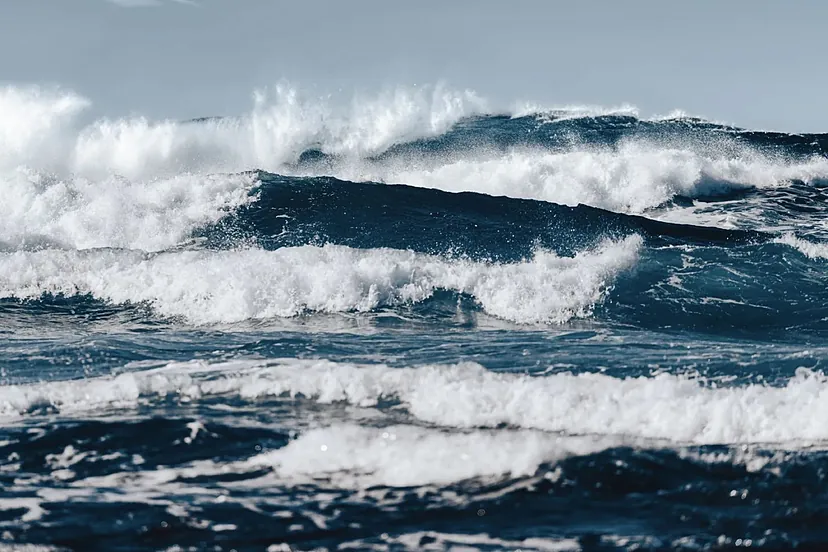
The climate tipping points are not mere distant threats; some are already underway. The urgent global action is more critical than ever to mitigate these risks.
Source: The New York Times

